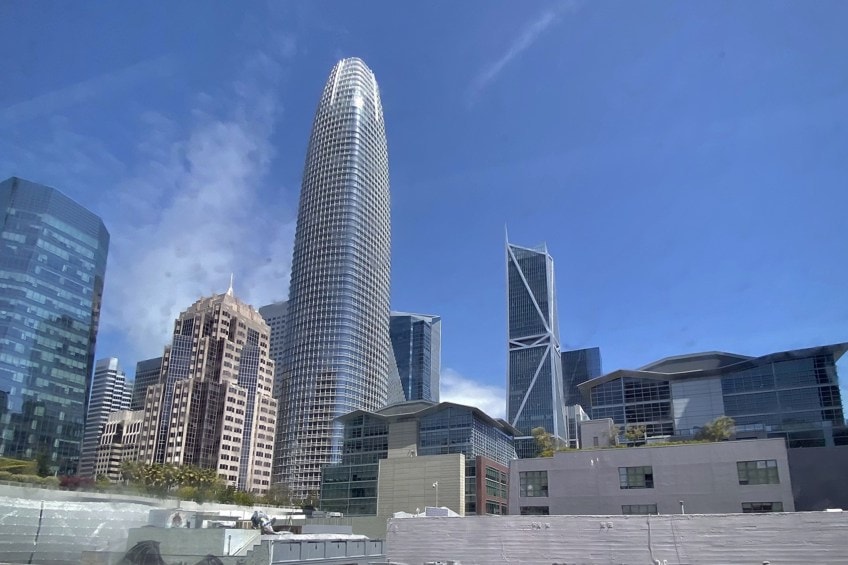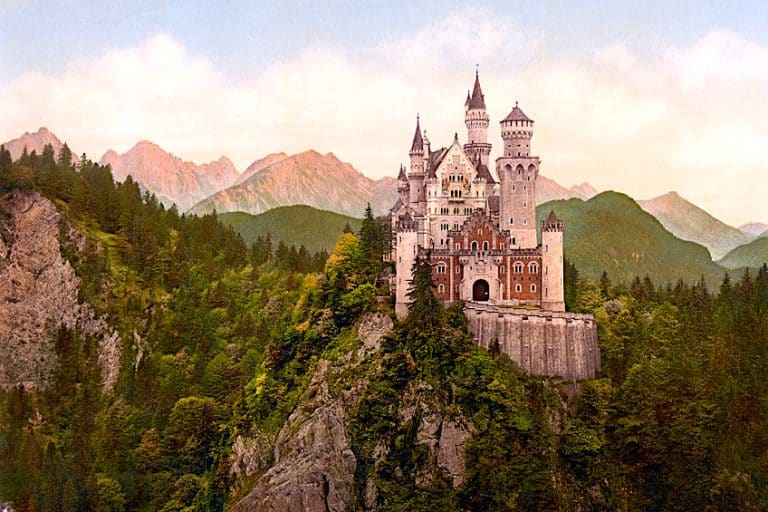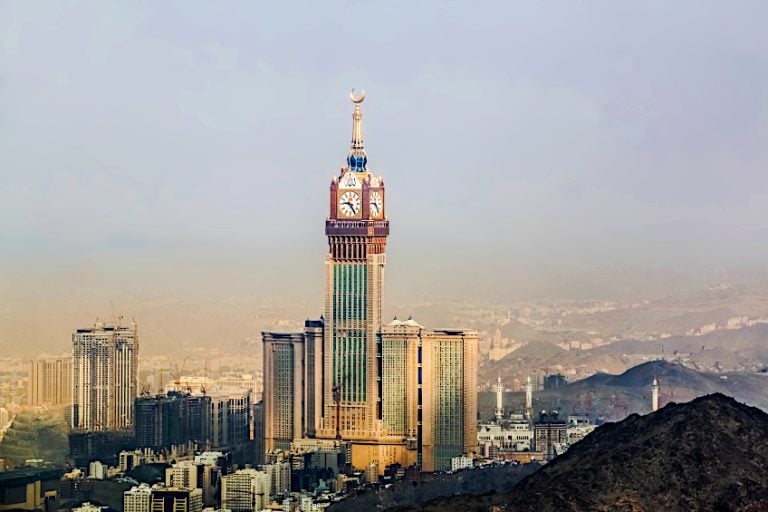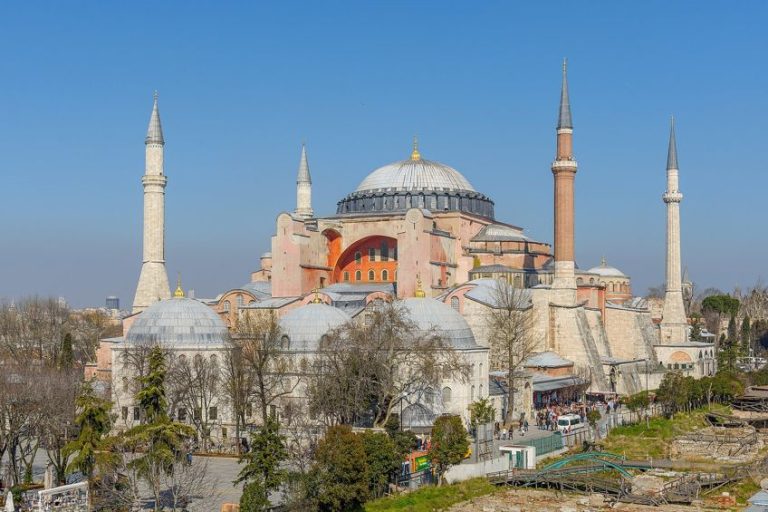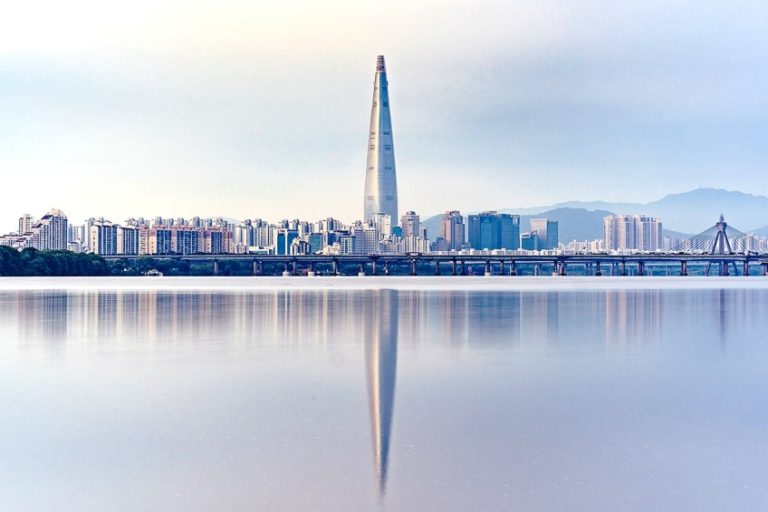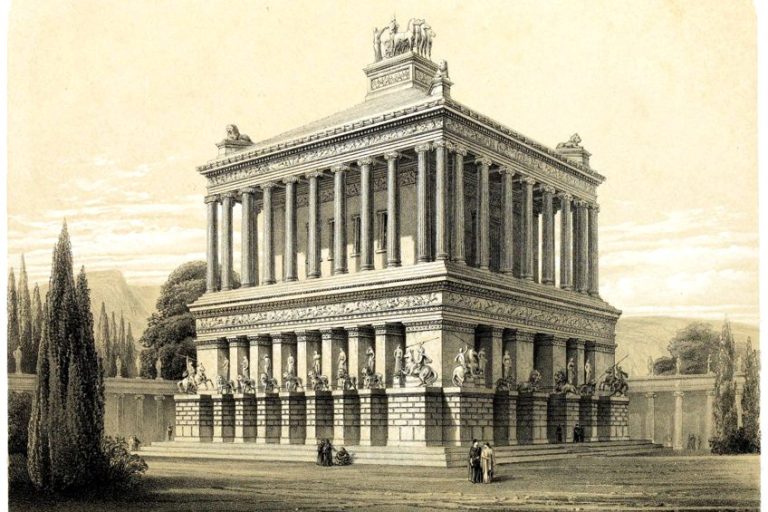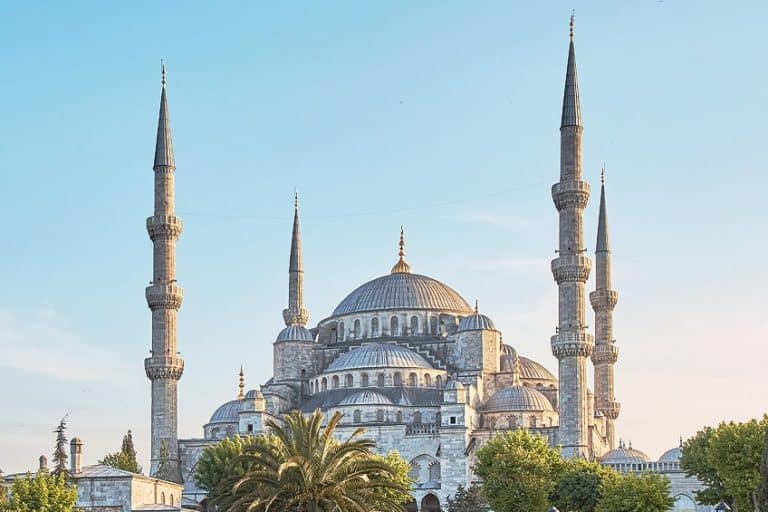Salesforce Tower – Visiting the Salesforce Tower in San Francisco
The Salesforce Tower in San Francisco is regarded as an iconic landmark on the city’s skyline. How tall is the Salesforce Tower though? With the Salesforce Tower’s height of 326 meters, it is the second tallest building on the North American West Coast. The Salesforce Tower’s number of floors is 61 stories in total, making it the tallest building in the city of San Francisco.
The Salesforce Tower in San Francisco
| Date Completed | 2018 |
| Architect | César Pelli (1926 – 2019) |
| Function | Mixed-use |
| Salesforce Tower’s Height | 326 meters |
In 2007, architect César Pelli’s concept was chosen as the winner of an international competition to acquire the property. The Transbay Authority’s panel of development specialists chose Pelli over ideas from Richard Rogers, the architect, and Forest City Enterprises. The building’s location was in a run-down region that had formerly served as a street-level entry to the Transbay Terminal of San Francisco, which was dismantled in 2011.
The new building’s official groundbreaking took place on the 27th of March, 2013, with foundational construction beginning in late 2013. The project was initially constructed on spec since the owners did not have a large occupant lease in place. Salesforce.com confirmed on the 11th of April, 2014, that it has secured a deal to be the tower’s main occupant.
The structure once called the Transbay Tower has since been rebranded as Salesforce Tower in San Francisco.
Design of the Salesforce Tower in San Francisco
The Salesforce Tower in San Francisco is made out of a steel and glass curtain wall that encircles a skeletal steel structure that surrounds a solid concrete core. The structure is surrounded by a mesh of aluminum fins and pierced sunshades that extend up to two feet further than the glass skin. The profile of the skyscraper gradually tapers off near the summit. Pelli noted in 2017 that the goal was to create something extremely tall, but nevertheless, elegant and respectable.
Salesforce Tower is located near San Francisco’s historic coastline, which is prone to soil instability during tremors.
To accommodate for this structural hazard, the building’s construction is designed to resist the region’s biggest earthquakes. Its foundation consists of 42 piles sunk roughly 91 meters to bedrock and a 4.3-meter-thick foundation mat. The 61st floor functions as a viewing platform and communal lounge area for the Salesforce workers and visitors. The corporation offered advanced signup for open visits of the observation deck once a month. Above the 61st story of the skyscraper, it has been described as “mainly decorative.”
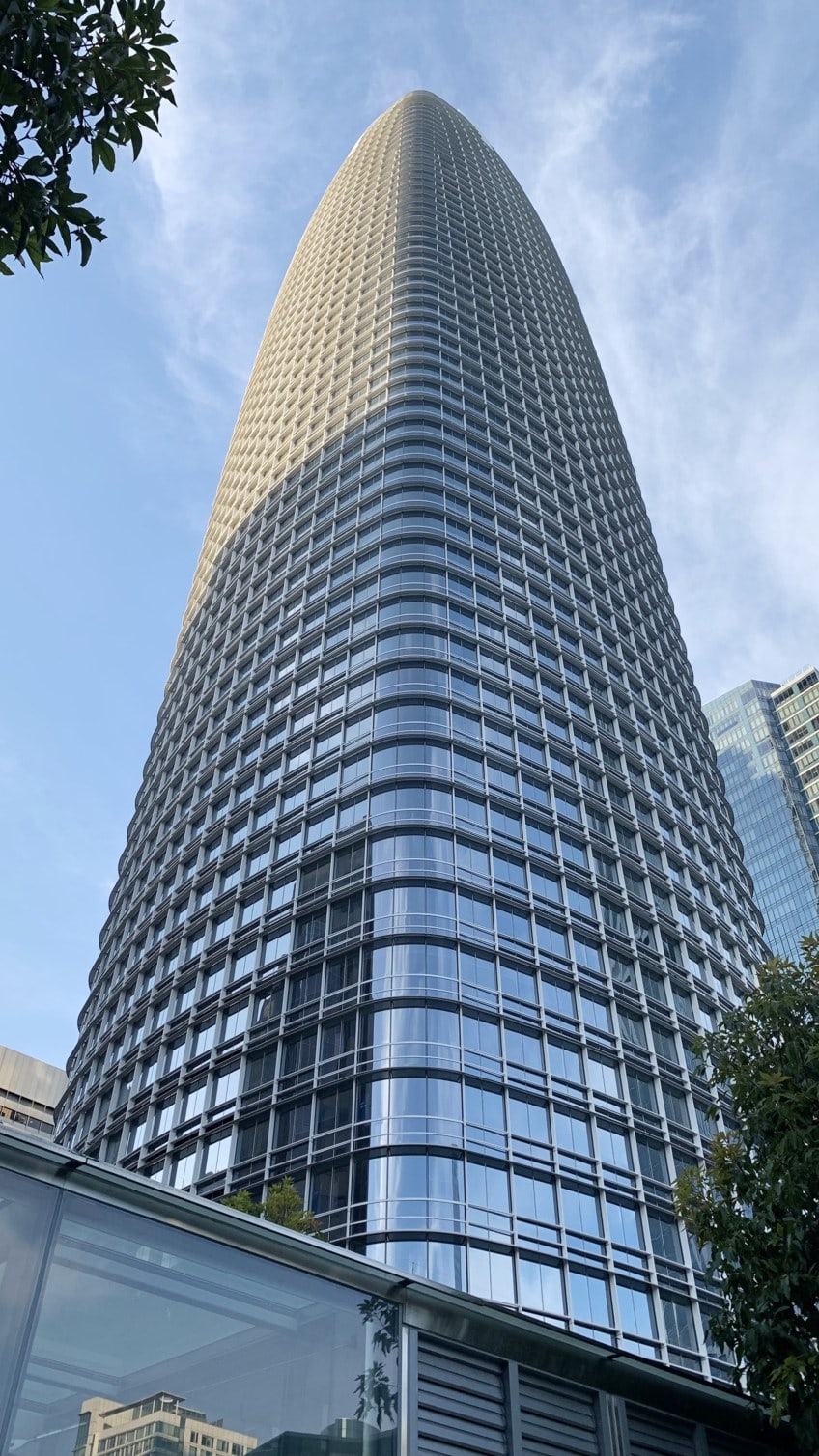
Reception of the Salesforce Tower
When the skyscraper first opened in January 2018, reviewer John King described it as massive but subtle, both overwhelming and polished. A meditation in thick-walled minimalism that appears to float rather than soar. All of this results in a sophisticated tower that is serious and confident even as it realigns the cityscape reinventing San Francisco’s aesthetic image. According to King, architectural experts already consider Salesforce Tower to be old-school, just another Pelli shaft with a tapering profile.
Critics, though, said that it was transforming San Francisco into Manhattan.
The Chronicle noted its detached attitude as if the designers were so preoccupied with being elegant that they forgot that huge structures can be enjoyable. The most they could say was that you could end up liking it more than you expected. The skyscraper lacked any boldness or ambition in architecture, but compensated for it with sheer scale, managing to be annoying without any attitude.
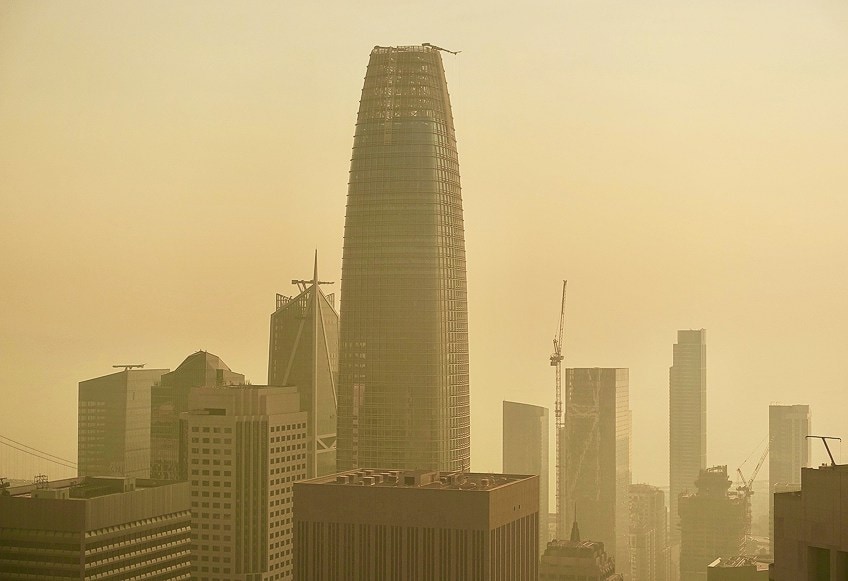
Present-Day Criticisms of the Salesforce Tower
One of the strangest selling points for erecting the skyscraper was that it will benefit local community activity in the neighborhood. That did not occur – the roads at the thick end of the gleaming tower, cloaked in expanses of deep blue impenetrable glass, do not make for a delightful neighborhood walk. One of the most peculiar aspects of the skyscraper is that, due to its entirely superfluous height and placement, there are some areas across the bay where the city of San Francisco had always been out of sight, but today, the only thing that is visible from a far distance is the towering structure.
Some detractors argue that the skyscraper does not enhance the current skyline.
The collection of downtown buildings that used to make an aesthetically appealing district, especially when approached from the Bay Bridge, has now been abruptly downsized, leaving downtown San Francisco looking disjointed. The tower is designed to last 200 years or more, yet just a few years after its completion, Salesforce declared that the bulk of its workers will no longer work there.
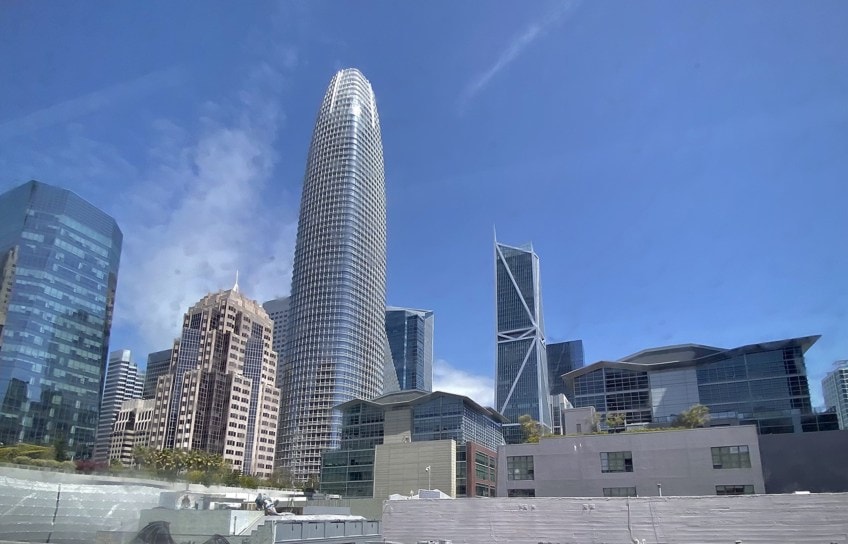
Below the beautiful and aesthetic elevated park of the tower lies a vast vacant space that is scheduled to one day contain a high-speed train, if it ever occurs, but is presently largely occupied by the homeless. The park maintains that it is available to the public, although it is unclear if the poor and homeless are permitted to enter the elevators that serve as the only means of entry.
Salesforce could not have expected the pandemic-fueled shift to working remotely, and they aren’t alone in having acres of empty premises.
Interesting Salesforce Tower Facts
Besides the Salesforce Tower owning the title of San Francisco’s tallest skyscraper, it also makes the list of the top 20 tallest skyscrapers in the world! The Salesforce Tower’s height is not the only incredible feature of the iconic building though. Here are some more interesting facts about the Salesforce Tower in San Francisco.
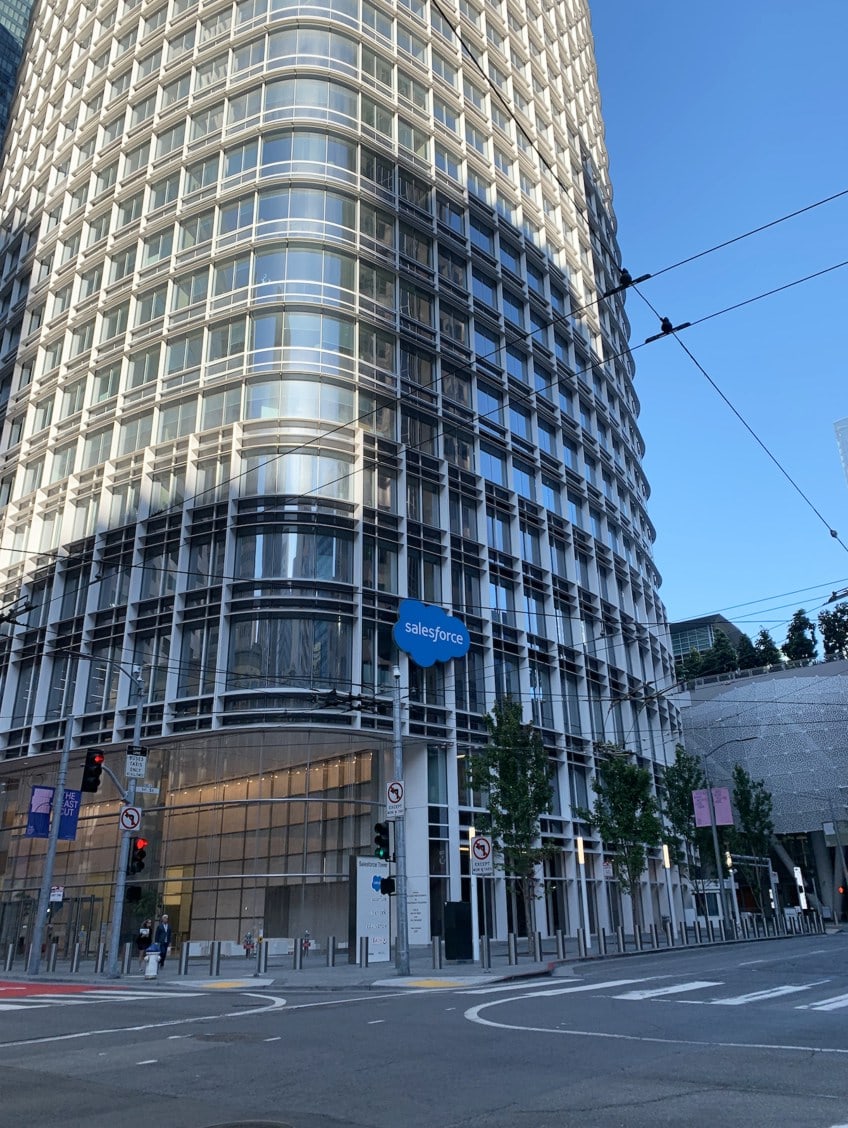
The Tower Is Not Just About Earnest Work
In 2018, Salesforce offered its pinnacle to the famed artist John Campbell. It ended up being a really stunning nine-story artwork that could be seen no matter where you were in San Francisco.
Level 61 Was Created as a lounge Area Known as the Ohana Floor
It has been retained as an open space with excellent views of the San Francisco skyline to be utilized as a meeting location throughout the day and a function venue in the evenings. The Ohana floor began offering public tours once a month in 2019, providing a service to the community that supports the city.
What’s more, Salesforce began enabling organizations and training groups to utilize the “Ohana” floor for free in 2019!
The Salesforce Tower Is Not Just a Very Tall Skyscraper
This San Francisco tower houses the Salesforce workers, but it has also appeared in two films. The first is Big Hero 6, a film about a young boy who builds robots in San Francisco. The movie was released in 2014, but the tower had not yet been constructed! So the movie was at least three years ahead of its time.
In keeping with the superhero motif, “Venom”, a 2018 superhero blockbuster, also featured the Salesforce Tower in San Francisco.
The Salesforce Tower Is Home to 130 Different Species of Plants.
The Skyscraper has been given life on another scale, with 25,000 plants living in the skyscraper currently.
The Design’s Inventive and Collaborative Attitude Pervades the Inside of the Tower
Offering tenants maximum freedom and casual contact as well as a professional conference space with breathtaking views. The well-being of the tower’s residents is vital, and this is supported by mechanical systems that supply 100-percent fresh air to each level via intake louvers elegantly incorporated into the façade, resulting in the best air quality conceivable.
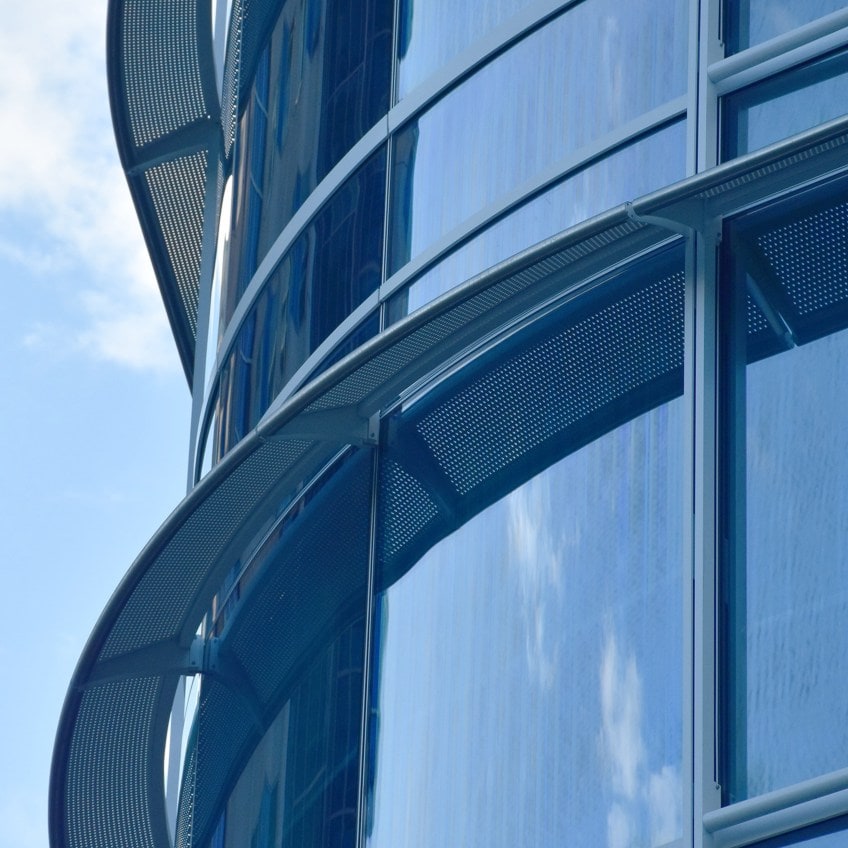
Salesforce Is at the Forefront of its Work Time Flexibility and Healthcare Initiatives
There were well-being areas that support a joyful, collaborative, and healthy working career. Salesforce challenges your health and fitness with Salesforce Tower’s number of floors equaling 61 walkable levels – equivalent to a vertical 5 kilometers.
Getting active not just through yoga sessions and meditation rooms, but also by allowing staff to walk the stairs instead of the elevator.
The Salesforce Tower Advances to the Next Level of Sustainable Development
This is thanks to including extensive carbon-reducing measures that conserve energy and provide a healthy, productive atmosphere. The greatest gray water recycling program in a skyscraper in the United States decreases water consumption by 76%. The tower links to the public park on the rooftop on the fifth level, which spans four blocks and is inhabited by native trees, fountains, lush gardens, cultural events, and public art.
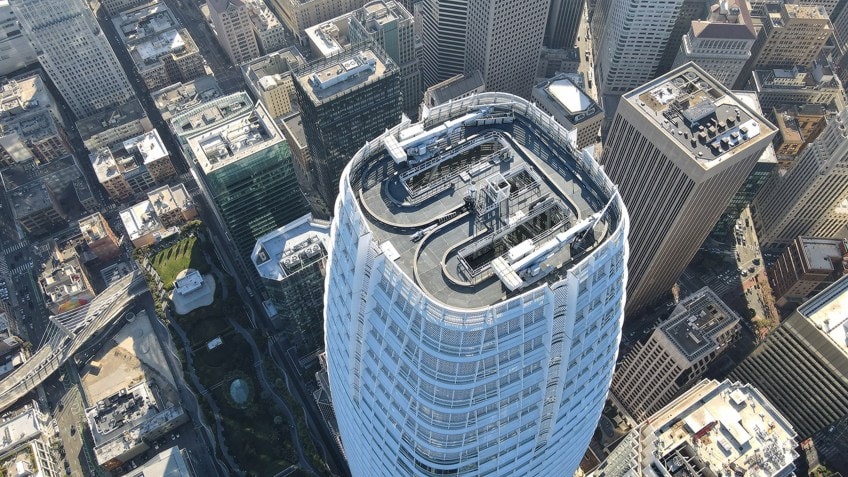
Limited Room was Provided for the Delivery of Materials and Preparation for Both Projects
Due to the structure’s verticality and placement in the midst of a traffic junction connecting the Bay Bridge and major bus lines. The transformational project was accomplished through practices of effective management, close collaboration among project partners, and encouraging community participation.
Wolf Point Tower
The Salesforce Tower in San Francisco is not the only building named after the company that occupies it. There is another Salesforce Tower being built in Chicago named the Wolf Point Tower. The rumor surfaced on the 26th of January, 2012, that the Kennedy family was proposing a three-tower construction at Wolf Point.
On the 8th of May, 2012, it was revealed that a proposal for three towers had been submitted for Wolf Point and that designs would be made available to the public.

The tallest of these structures would be the South Tower. The historic land on which the construction was proposed garnered criticism from critics. The Kennedy family provided plans for the tower construction on property they own in the River North district on time. On the 30th of October, 2012, a new proposal with additional open space was shown. Investors dropped the idea in November after receiving unfavorable feedback on the adjustments. As of today, the Wolf Point Tower is still under construction.
Salesforce Tower soars over 1,000 feet into the sky, a forward-thinking expression of San Francisco’s rich heritage and upbeat attitude. It is the city’s brand-new landmark on the skyline, located in the heart of a bustling neighborhood. The Salesforce Tower is a blueprint for the future of our urban centers: a thriving public-private partnership focused on transit-oriented community engagement. Yet, despite its promising start, there may be a way to go yet to get everyone on board with the massive structure, including the critics who despise it.
Frequently Asked Questions
How Tall Is the Salesforce Tower in San Francisco?
The skyscraper is 330 meters tall, the highest building in the entire San Francisco region. It is also one of the 20 tallest buildings worldwide. The Salesforce Tower’s number of floors is also nothing to sneeze at, with 61 stories making up the huge structure. Yet, at the rate at which these buildings are constructed, it wouldn’t be surprising if it was overtaken in height one day in the near future.
What Is Wolf Point Tower?
Salesforce is a rather large company and actually operates from several buildings. One of those buildings is Wolf Point Tower. The Wolf Point Tower is situated in Chicago and is part of a new development consisting of three high-rise structures, of which Wolf Point Tower is one.
What Do People Think of the Salesforce Tower?
Some critics claim that the building does not improve the present skyline. The grouping of structures that formerly formed a beautiful area downtown, particularly when approached from the Bay Bridge, has now been drastically reduced, leaving downtown San Francisco looking disconnected. Salesforce said just a few years later that the majority of its employees will no longer work there. A very large portion of the available office spaces presently remains unoccupied, bringing into question what will happen to the massive structure, which some residents consider being nothing more than an eyesore created to appease the egos of a few, without consideration of the surrounding inhabitants and businesses.
What Are the Design Features of the Salesforce Tower?
The Salesforce Tower lies on San Francisco’s historic shoreline, which is prone to soil instability during earthquakes. To account for this structural risk, the building’s architecture is built to withstand the region’s most powerful earthquakes. The aesthetic objective was to create something extraordinarily big and massive, yet graceful and dignified. The Salesforce skyscraper supports plenty of organic life too, with 25,000 plants presently growing within the massive building.
Justin van Huyssteen is a freelance writer, novelist, and academic originally from Cape Town, South Africa. At present, he has a bachelor’s degree in English and literary theory and an honor’s degree in literary theory. He is currently working towards his master’s degree in literary theory with a focus on animal studies, critical theory, and semiotics within literature. As a novelist and freelancer, he often writes under the pen name L.C. Lupus.
Justin’s preferred literary movements include modern and postmodern literature with literary fiction and genre fiction like sci-fi, post-apocalyptic, and horror being of particular interest. His academia extends to his interest in prose and narratology. He enjoys analyzing a variety of mediums through a literary lens, such as graphic novels, film, and video games.
Justin is working for artincontext.org as an author and content writer since 2022. He is responsible for all blog posts about architecture, literature and poetry.
Learn more about Justin van Huyssteen and the Art in Context Team.
Cite this Article
Justin, van Huyssteen, “Salesforce Tower – Visiting the Salesforce Tower in San Francisco.” Art in Context. September 2, 2022. URL: https://artincontext.org/salesforce-tower/
van Huyssteen, J. (2022, 2 September). Salesforce Tower – Visiting the Salesforce Tower in San Francisco. Art in Context. https://artincontext.org/salesforce-tower/
van Huyssteen, Justin. “Salesforce Tower – Visiting the Salesforce Tower in San Francisco.” Art in Context, September 2, 2022. https://artincontext.org/salesforce-tower/.


